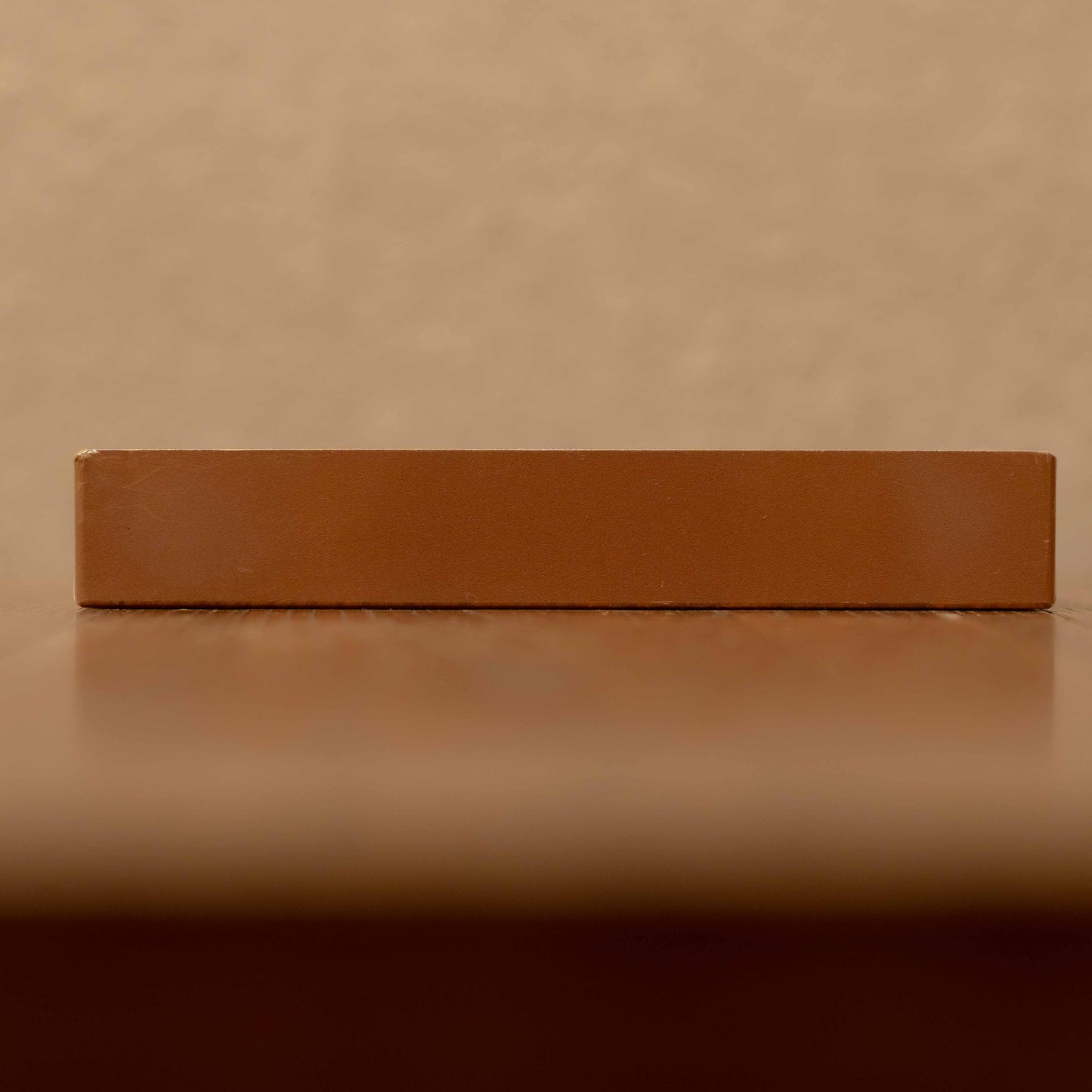KIKUICHI MONJI
Japanese Ceramic Whetstone (#1000) | Kikuichi-monji
Japanese Ceramic Whetstone (#1000) | Kikuichi-monji
Couldn't load pickup availability
Discover the precision and durability of our Japanese ceramic whetstone with a #1000 grit, perfect for maintaining and sharpening your knives. Crafted in Japan, this whetstone provides a medium grit ideal for bringing dull blades back to life, ensuring a sharp and reliable edge with every use.
Detail
Weight: 390g
Size: 150 × 50 × 25 (mm)
How to use the whetstone:
(We will include a how-to guide with the whetstone when purchased)
About 10 to 20 minutes before sharpening, soak the whetstone in a tub of water. When no air bubbles come out of the wheel after it is submerged in water, it is ready to be sharpened.
① Set the grinding wheel at a comfortable working height. A little lower than your elbow, about the level of your navel, is considered to be the perfect height. Place the whetstone on a wet cloth so that it will not move while you work.
② Hold the knife with the blade in front of you at an angle of about 45 degrees to the vertical direction of the whetstone. Place the index and middle fingers of the hand opposite to the dominant hand lightly on the part of the knife blade to be sharpened.
③ Place the knife blade on the whetstone and smoothly move it back and forth, back and forth about 20 times per spot, working from the tip of the blade to the base of the blade in that order. At this point, keep the angle between the surface of the whetstone and the blade at about 15 degrees.
④ Always keep the whetstone drained. After sharpening for a while, the water will become cloudy due to the fine metal powder of the blade and the sharpened whetstone, but this cloudy sharpening water will help sharpen the blade smoothly. Do not throw it away, but continue sharpening with the sharpening liquid.
⑤ After sharpening to the edge of the blade, check the edge of the blade. If you can see a burr on the edge of the blade, turn the knife over and sharpen the back side in the same way.
⑥ When the entire blade is sharpened, remove the burrs. If the gouge remains, the blade will not be sharp. Prepare a piece of newspaper, spread it out flat, and rub both sides of the knife blade against the newspaper to remove the gouge. After the sharpening is complete, try a test cut and confirm that the sharpness has returned to its original state.
Artisan
Kikuichi-monji '菊一文字' founded in the 13th century, has a rich history rooted in samurai bladesmithing. The company originated from the Tegai school's renowned sword maker, Kanenaga, whose legacy includes six "Important Cultural Property" swords and one designated as a national treasure. The chrysanthemum symbol, tied to the royal family, signifies Kikuichi's commitment to quality. As demand for swords declined in the 19th century, the family shifted to knife-making, maintaining traditional craftsmanship. Today, Kikuichi Cutlery continues its legacy under President and CEO Ikuyo Yanagisawa, the first woman to lead a major Japanese cutlery company.
Share






